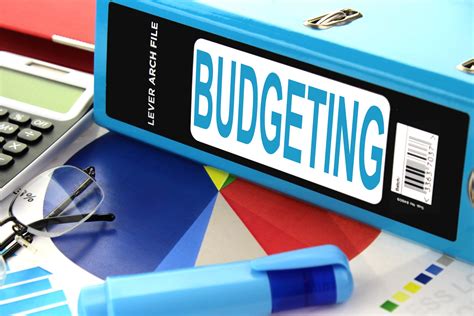Navigating the choppy waters of personal finance often presents difficult choices, and few are as common or as vexing as the dilemma of whether to aggressively tackle high-interest credit card debt or consistently contribute to retirement savings. Both are crucial for long-term financial health, and striking the right balance requires a thoughtful, strategic approach.
The Financial Tightrope: Debt vs. Retirement
On one side, high-interest credit card debt can feel like a financial anchor, dragging down your ability to save and eroding your net worth with exorbitant interest rates. On the other, delaying retirement savings means missing out on the power of compound interest, potentially leaving you with a significant shortfall in your golden years. It’s not simply an either/or situation; it’s about finding the optimal path to manage both simultaneously.
Prioritizing Your Financial Attack Plan
Employer Match: A Non-Negotiable First Step
Before making any aggressive moves, secure your employer’s 401(k) match. This is essentially free money – a 100% return on your investment – and you should always contribute at least enough to get the full match. This small act ensures you’re not leaving guaranteed money on the table, while still allowing you to focus additional funds on debt.
The Debt Avalanche or Snowball Method?
Once the employer match is secured, turn your attention to your credit card debt. The most financially efficient method is typically the Debt Avalanche, where you list all your debts from highest interest rate to lowest. You pay the minimums on all debts except the one with the highest interest rate, on which you throw every extra dollar you can find. Once that debt is paid off, you roll the payment amount into the next highest interest rate debt, and so on. This method saves you the most money in interest over time.

Alternatively, the Debt Snowball method (paying off the smallest balance first for psychological wins) can be motivating, but it’s generally less effective for high-interest credit card debt. For aggressive payoff, the Avalanche is usually superior.
Aggressive Debt Reduction Strategies
Drastic Budgeting and Expense Cuts
To aggressively pay down debt, you need more money. The fastest way to free up cash is through a ruthless review of your budget. Identify and eliminate non-essential expenses: dining out, entertainment subscriptions, expensive habits. Every dollar saved should be immediately redirected to your highest-interest credit card. Think of it as a temporary financial bootcamp.
Increase Your Income Streams
Look for ways to boost your income. This could involve taking on a side hustle, selling unused items around your home, or even negotiating a raise at your current job. The more money you can generate, the quicker you can extinguish your debt. This dual approach of cutting expenses and increasing income is the most powerful combination.

Consider Balance Transfers (with Caution)
A 0% APR balance transfer credit card can offer a temporary reprieve from interest payments, allowing you to pay down principal faster. However, be extremely cautious. Ensure you can pay off the transferred balance entirely before the promotional period ends (typically 12-18 months) to avoid deferred interest and high fees. Do not use the old card, and be aware of balance transfer fees.
Smart Retirement Savings During Debt Payoff
After securing your employer match and committing to an aggressive debt payoff strategy, you might wonder if you should pause all other retirement contributions. The answer is usually no.
Maintain Minimum Contributions Beyond Employer Match
Even if it’s a small amount, try to continue contributing something beyond the employer match to your retirement accounts. This keeps the habit alive and ensures you’re still benefiting from some compounding interest, even if at a slower rate. A good target might be 5% to 10% of your income if possible, while still dedicating the majority of your extra funds to debt.
Automate Your Savings
Set up automatic transfers to your retirement accounts. If you don’t see the money, you’re less likely to miss it or spend it. Automation ensures consistency, even when your focus is heavily on debt repayment.

The Dynamic Balancing Act
Your financial situation isn’t static. As you pay down debt, your available cash flow will increase, allowing you to gradually shift more funds towards retirement savings. This is a dynamic process that requires regular review.
Review and Adjust Regularly
Periodically revisit your budget and financial plan. As one debt is eliminated, celebrate the win and then reallocate the payment amount. You might initially put 80% of extra funds towards debt and 20% towards additional retirement savings. As debt dwindles, you can adjust this ratio to 50/50, and eventually, once debt-free, dedicate 100% of those previously debt-bound funds to supercharge your retirement accounts.

Aggressively paying off credit card debt while saving for retirement is a delicate but achievable balancing act. It demands discipline, a clear plan, and a willingness to make temporary sacrifices. By prioritizing the employer match, attacking high-interest debt with ferocity, and maintaining consistent (even if small) retirement contributions, you can build a strong foundation for both immediate financial freedom and long-term wealth.





